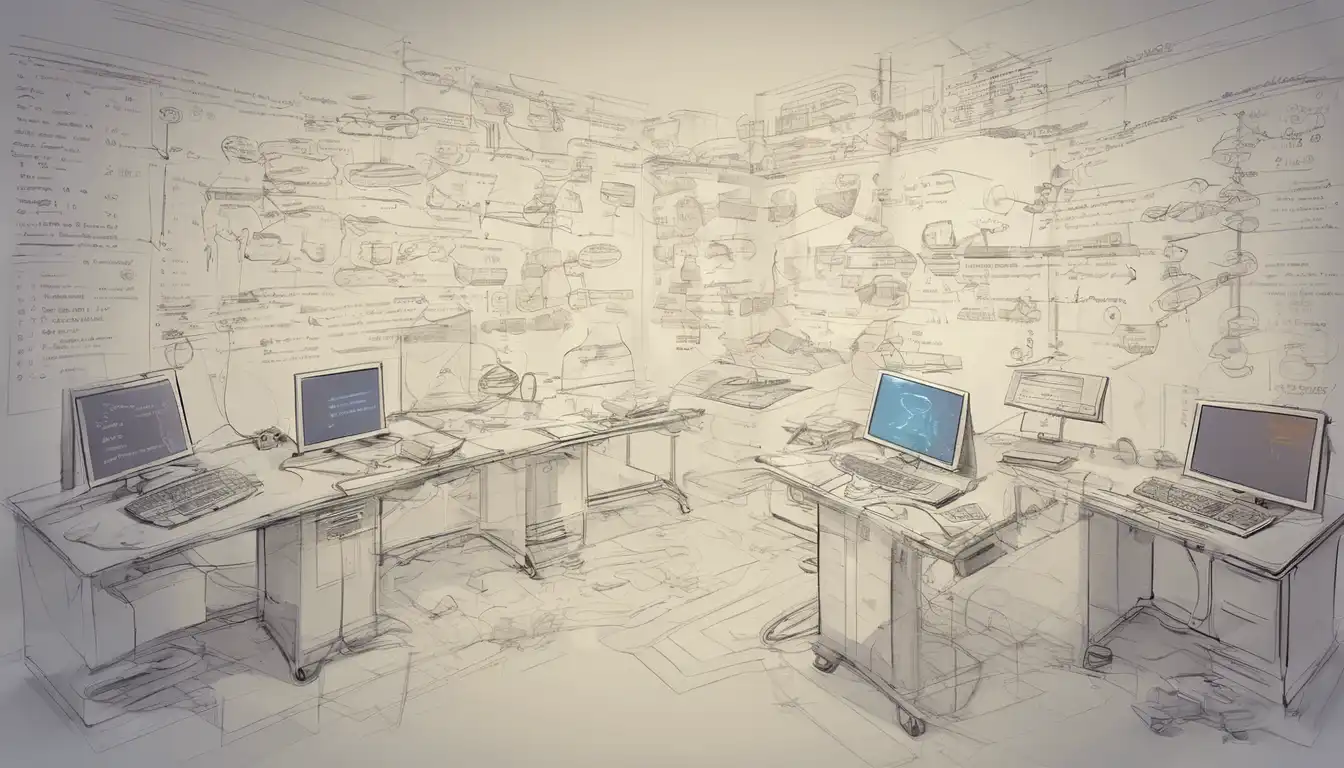Introduction to Software Engineering Principles
Embarking on the journey of software engineering can be both exciting and daunting for beginners. Understanding the foundational principles is crucial for building robust, efficient, and maintainable software. This guide aims to demystify the core concepts and practices that every aspiring software engineer should know.
1. Keep It Simple, Stupid (KISS)
The KISS principle advocates for simplicity in design and implementation. Avoid unnecessary complexity to make your code more readable and easier to maintain. Remember, the simplest solution is often the best one.
2. Don't Repeat Yourself (DRY)
DRY is a software development principle aimed at reducing repetition of information. By abstracting common functionality into reusable components, you can minimize errors and streamline your development process.
3. You Aren't Gonna Need It (YAGNI)
YAGNI encourages developers to implement things only when they are actually needed, not when they are just anticipated. This principle helps in avoiding over-engineering and keeps the focus on current requirements.
4. SOLID Principles
The SOLID principles are a set of five design principles intended to make software designs more understandable, flexible, and maintainable. They include:
- Single Responsibility Principle (SRP)
- Open/Closed Principle (OCP)
- Liskov Substitution Principle (LSP)
- Interface Segregation Principle (ISP)
- Dependency Inversion Principle (DIP)
Understanding and applying these principles can significantly improve the quality of your software projects.
5. Version Control
Version control is an essential tool for software engineers. It allows you to track and manage changes to your code, collaborate with others, and revert to previous versions if something goes wrong. Learn more about version control basics.
6. Testing and Debugging
Testing is a critical phase in the software development lifecycle. Writing tests for your code helps catch bugs early and ensures that your application behaves as expected. Debugging, on the other hand, is the process of identifying and fixing errors in your code.
7. Continuous Integration and Continuous Deployment (CI/CD)
CI/CD practices enable developers to integrate code into a shared repository frequently and deploy applications automatically. This leads to higher quality software and faster delivery times.
Conclusion
Mastering these software engineering principles is a step towards becoming a proficient developer. While the journey may seem overwhelming at first, patience and practice will lead to mastery. Remember, every expert was once a beginner. For more insights into software development, explore our software development guides.
